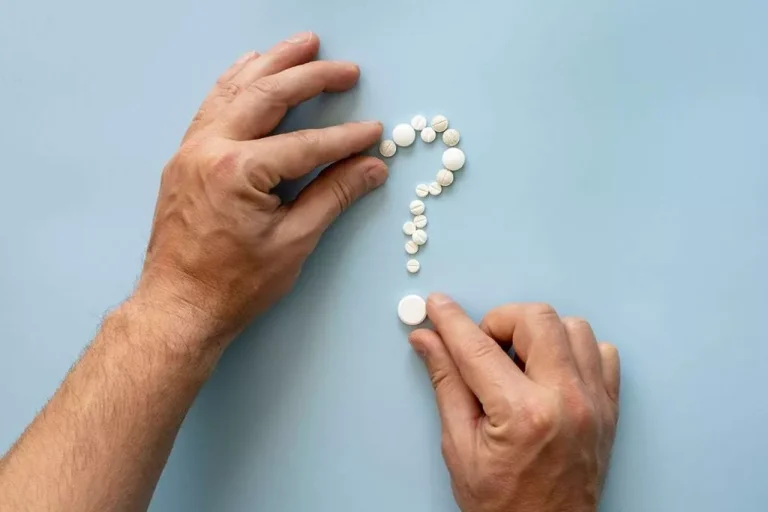Sober living
Sports doping worldwide
During this time, significant measures have been taken to punish the use of performance-enhancing drugs, deter athletes from starting them, and improve testing methods. Other performance-enhancing drugs, such as human growth hormone, erythropoietin, and stimulants, can cause an array of adverse effects. These effects include many severe cardiovascular reactions, such as hypertension, reduced blood pressure, pulmonary embolism, stroke, enlargement of the heart, and heart attack. To date, only one large controlled trial has examined the efficacy of an environmental alcohol intervention among athletes. In this study, the researchers evaluated the efficacy of the Good Sports program (Rowland, Allen, & Toumbourou, 2012), which was implemented at community football clubs in Australia.
What should I do if I need to take medicine for a health reason?

Most of these interventions have focused on alcohol use because it is a legal substance readily available in most communities. An example of a well-known environmental intervention involved raising the drinking age in the United States from 18 to 21, which resulted in a decrease in alcohol consumption and traffic crashes (Wagenaar & Toomey, 2002). In the event that an athlete and his or her medical providers feel it necessary, for documented medical reasons, that he or she continue to take a banned substance, WADA may consider granting a therapeutic use exemption, a concept mentioned earlier. A therapeutic use exemption must be on file before an athlete tests positive for the substance allowed by that therapeutic use exemption.
- Another cultural aspect of sport that may relate to drinking behavior involves popularity and prestige.
- These drugs might lower the damage that happens to muscles during a hard workout.
- The Canadian sprinter tested positive for anabolic steroids at the 1988 Olympic Games in Seoul.
- A handful of studies have examined the efficacy of motivational enhancing interventions specifically among athletes, with promising results.
What Are the Different Types of Performance Enhancing Drugs?

WADA takes a zero-tolerance approach under the principle of strict liability, which holds individual athletes responsible for any substance detected in a urine or blood sample regardless of how it got there (WADA, 2019). Decisions regarding doping violations are made by sport governing bodies and appealed through the Court of Arbitration for Sport rather than through civil court systems. While this keeps athletes out of civil justice system, there is an automatic presumption of guilt if an athlete tests positive for a prohibited substance (Lenskyj, 2018). Athletes who unknowingly or accidentally ingest a prohibited substance are held to the same standard as those who intentionally use doping substances and must demonstrate a lack of intent.
Side Effects Of Performance Enhancing Drugs
- However, these policy options are difficult to precisely evaluate, since subjectivity and bias inevitably get in the way of an impartial analysis, even where a lot of objective evidence has been compiled.
- Drug abuse in athletes covers both legal, illegal, and prescription stimulants.
- Research has convincingly established that for some substances, particularly alcohol, athletes have higher levels of at-risk use than individuals not participating in athletics.
- I’m going to disappoint a lot of people with this information, but it’s the truth.
- By releasing a drug on the list of prohibited substances, the athlete may be disqualified, so the regulations and the list of prohibited substances should be carefully studied before prescribing a medicinal product.
Then there are stimulants, which make athletes more alert and can overcome the effects of fatigue by increasing heart-rate and blood flow. Doping means athletes taking illegal substances to improve their performances. Hunter Biden’s struggles with addiction before getting sober more than five years ago are well documented. But defense lawyers argue there’s drug use in sports no evidence he was actually using drugs in the 11 days that he possessed the gun. Once you’ve been addicted to a drug, you’re at high risk of falling back into a pattern of addiction. If you do start using the drug, it’s likely you’ll lose control over its use again — even if you’ve had treatment and you haven’t used the drug for some time.
- Formal testing for the presence of certain drugs, particularly during an athlete’s competitive season, is another factor that almost certainly impacts drug use among these groups.
- And in the 1930s an English football club bragged about dosing its players with monkey gland extract.
- Steroids are easily the most well-known type of doping drug; however, they are not the only type.
- In small doses narcotics have medical uses that include relieving severe pain and inducing sleep.
- A third direction involves more research focused on substances besides alcohol, particularly in terms of intervention studies.
- In 1807, an endurance walker in Britain took laudanum to stay awake around the clock in a competition.
- The main risk for athletes here is testing positive and receiving a sanction.
Alcohol Abuse and Drug Use in Sport and Performance

- These estimates are consistent with several anecdotal reports in the popular press estimating that performance-enhancing drug use rates are relatively high among elite adult athletes, particular in certain sports (e.g., American football or track and field).
- Doping is commonly understood as the use of prohibited performance enhancing substances or methods in sport.
- Substituted cathinones, also called “bath salts,” are mind-altering (psychoactive) substances similar to amphetamines such as ecstasy (MDMA) and cocaine.
- Athletes who use different medication and have the consent of physicians should be careful to declare the use of such substances so that if the athlete is positively detected with it, the authorities know that the substance is needed to improve their health condition.
- In this way, anti-doping policies may mirror the limited effectiveness of recreational drug prohibition in deterring consumption or punishing violations, lessons best illustrated in the case of the United States.


 新景觀房
新景觀房